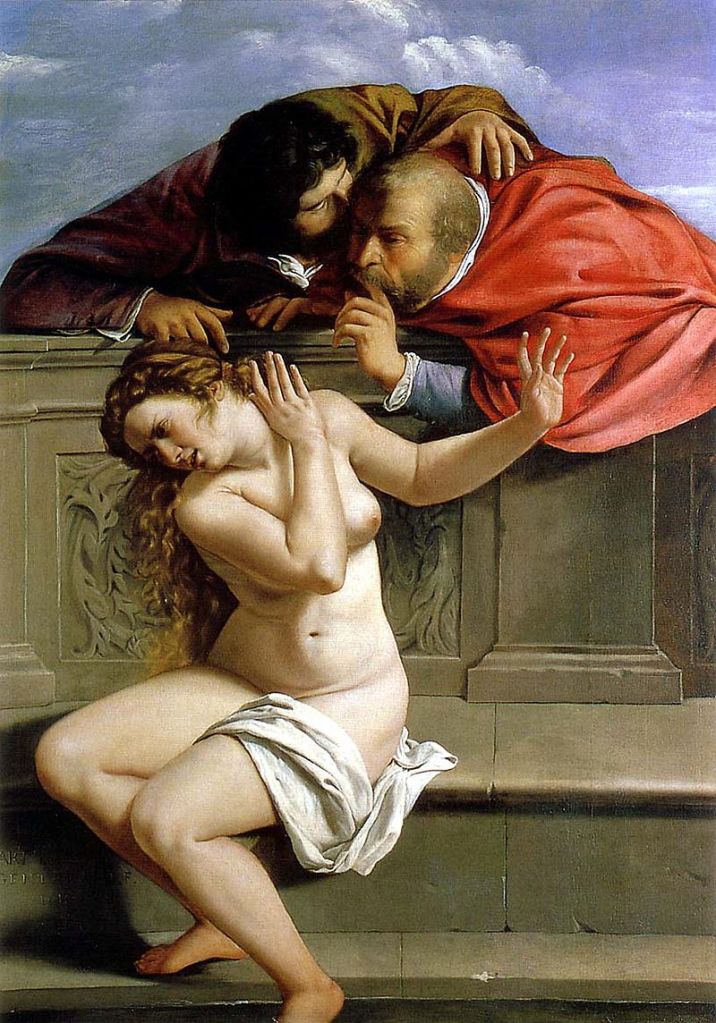This weekend, I was browsing the Internet and discovered a charming and insightful art blog called “The Colorist,” run by Washington-based artist Casey Klahn. I came across his post entitled “100 Things I Love About Art,” which is essentially a list of art-related words and phrases that captivate him, whether it be particular artists and art movements, universal themes, or specific artists’ tools. I decided to try this brainstorm as well, but for the purposes of this post, focus on only four things and expand on my choices. I find it an important exercise that helps me define the je ne sais quoi that a particularly moving work of art seems to leave me with. Essentially, it helps me reflect on why I chose to enter the art world, why art is so important, and its impact on the viewer.

4 Things I Love About Art
- Its manifestation of a rapidly transforming world. Though this idea could apply to any period, I notice this characteristic present especially in 19th and 20th century art, a time when the world was quickly modernizing. Futurism, an art movement developed in Italy, represents these changes perfectly. Futurist art tends to impart a dizzying effect of light, speed, and sound, a response to technological innovations

Figure 2. Étinenne-Jules Marey, Flying Pelican, ca. 1882. Image per Wikimedia Commons. such as cars, trains, and the telephone. My favorite futurist painting is entitled Dynamism of a Dog on a Leash, painted by artist Giacomo Balla in 1912 (Figure 1). I think it’s an ingenious way to convey motion, as it skillfully reconciles the rapid movement of the owner’s feet, the dog’s leash, and the dog’s feet onto one individual canvas. The work also reflects Balla’s interest in chronophotography, a mid-19th century technique which displays the same figure at different points in motion (think of a flip book, but all of the images are presented in succession on one page) (Figure 2). This technique ultimately paved the way for more modern innovations like cinematography.

- Its nod to earlier art movements. Art always succeeds at quoting past styles and fusing them into something unique, original, and reflective of the present. For a perfect example of this, consider Vanna Venturi House, completed in 1964 by

Figure 4. The Temple of Hephaistos, 415 BCE. Image per Wikimedia Commons. architect Robert Venturi to honor his mother (Figure 3). Located in Philadelphia, Pennsylvania, this structure is a beacon of postmodern architecture, which loves to call to mind previous art movements. Consider temples of Ancient Greece, which always incorporate a pediment (triangular roof-like element) at the top (Figure 4). The roof of Vanna Venturi House is also triangular, but is broken in the middle, a decision which calls to mind more traditional forms of architecture and yet accomplishes something so new and inventive.

- Its expression of activism. For a perfect example of how art can take an activist stance, look to none other than the work of Ai Weiwei, a Chinese artist who is famous for using his art to rebel against his country’s government. One of his most moving works is Snake Ceiling (2009), a series of interconnected backpacks suspended from the ceiling, a poignant installation which calls to mind the loss of thousands of schoolchildren in the devastating Sichuan earthquake of 2008 (Figure 5). The backpacks take the shape of a snake, perhaps signifying the country of China, which is so eager to urbanize. In the process of urbanization, remote areas, such as those that contained the schools in question, are often neglected and replete with unsound architecture that cannot withstand natural disasters. Through Snake Ceiling, Ai Weiwei raises awareness about rural areas in China, and represents the amount of young lives that the horrifying earthquake took.

4. Its Reaction to Oppression. Realizing that this theme is quite similar to that of #3, I turn to an entirely different artist and time period: Artemisia Gentileschi, who painted at the height of the Italian Renaissance. In a time when female artists were inherently

unwelcome, she reacted by making women the forefront of her compositions, highlighting their plight as well as their power. This idea is especially apparent in Gentileschi’s rendition of Susanna and the Elders (1610-1611) (Figure 6), a Biblical story in which two male voyeurs prey on Hebrew woman Susanna, who is bathing in her garden. Many contemporary male painters had depicted the subject, but portray Susanna as unfazed by, and even welcoming of, the men’s lewd advances (Figure 7). However, in Gentileschi’s painting, Susanna appears utterly horrified by their actions, bearing a disturbed expression and combative stance. Similarly, in her painting Judith Slaying Holofernes (1620-1621) (Figure 8), based upon an apocryphal story, heroine Judith appears powerful, in control, and assertive as she slays the Assyrian general Holofernes. However, in a male artist’s rendition, Judith seems restrained and terrified (Figure 9), much in contrast to Gentileschi’s Judith. Gentileschi’s portrayal of women is poignant and certainly ahead of its time, astutely commenting on the oppression of sexism and placing women clearly at the forefront.
What 4 (or 10, or 50) things do you love about art? Feel free to leave a comment below!



I love art. I am an artist to. After reading this I will surely write a post about my art. Thank you for motivating me. Stay followed.
Please check my site and drop down your comments about my posts too. Your likes, comments and shares will encourage me to write more. So if you like them do follow –
https://findyourvoicedotcom.wordpress.com/
Author: Panchali Das
LikeLike
Thank you for reading and for attaching your blog! Looking forward to reading it.
LikeLiked by 1 person
Thank you.. 😊
LikeLike
[…] my three years of writing for The Female Gaze, whether it be reviewing museum exhibitions, reflecting on different movements in art history, or conducting interviews with artists, I realize that I have never discussed my own art. It’s […]
LikeLike
[…] Early photography is a more recent passion of mine (which I wrote about in my Art Institute and 4 Things I Love about Art […]
LikeLike